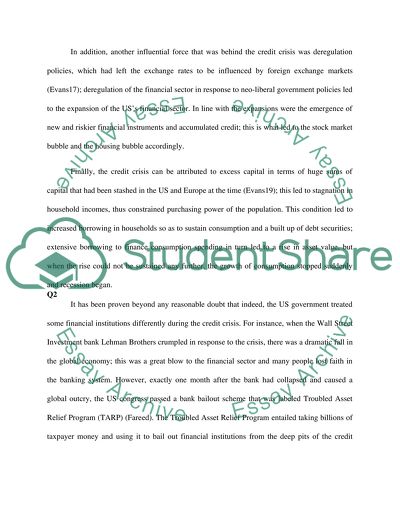Cite this document
(“Principles of Banking and Finance Essay Example | Topics and Well Written Essays - 2000 words”, n.d.)
Principles of Banking and Finance Essay Example | Topics and Well Written Essays - 2000 words. Retrieved from https://studentshare.org/finance-accounting/1469020-principles-of-banking-and-finance
Principles of Banking and Finance Essay Example | Topics and Well Written Essays - 2000 words. Retrieved from https://studentshare.org/finance-accounting/1469020-principles-of-banking-and-finance
(Principles of Banking and Finance Essay Example | Topics and Well Written Essays - 2000 Words)
Principles of Banking and Finance Essay Example | Topics and Well Written Essays - 2000 Words. https://studentshare.org/finance-accounting/1469020-principles-of-banking-and-finance.
Principles of Banking and Finance Essay Example | Topics and Well Written Essays - 2000 Words. https://studentshare.org/finance-accounting/1469020-principles-of-banking-and-finance.
“Principles of Banking and Finance Essay Example | Topics and Well Written Essays - 2000 Words”, n.d. https://studentshare.org/finance-accounting/1469020-principles-of-banking-and-finance.


